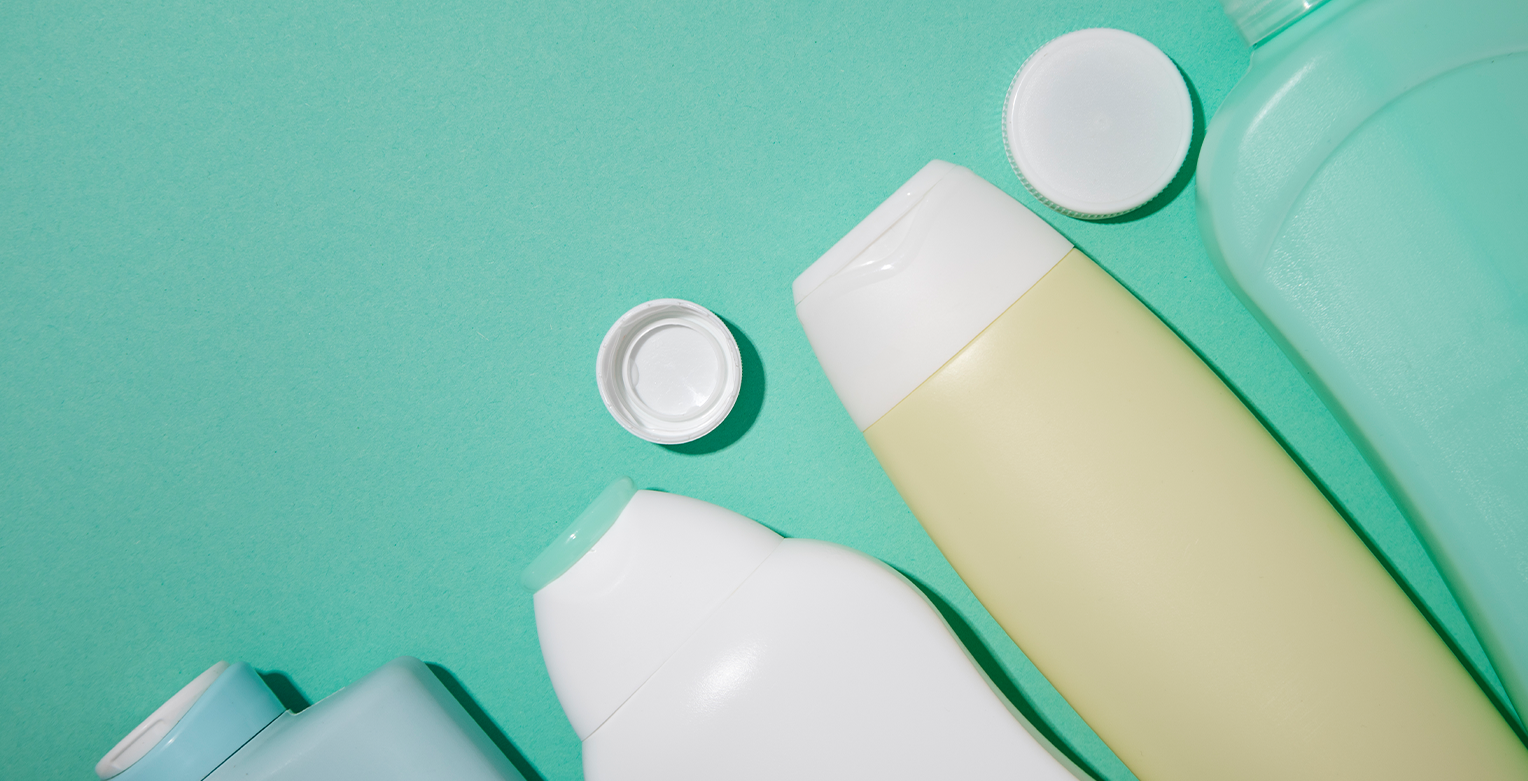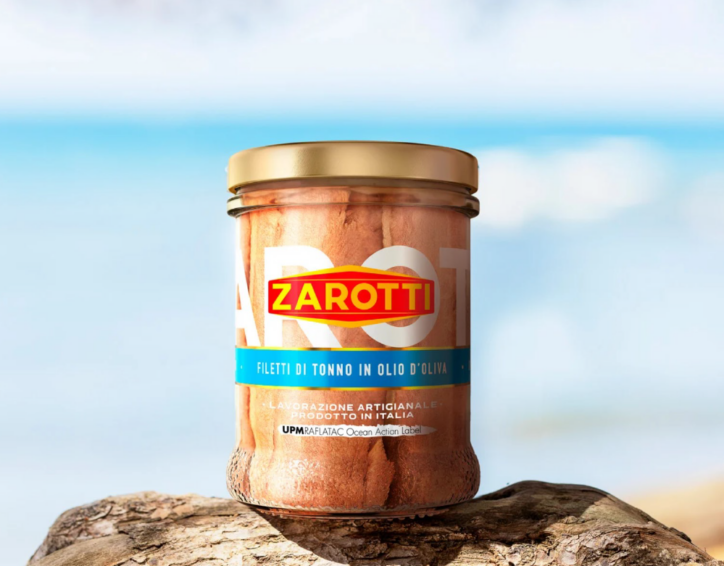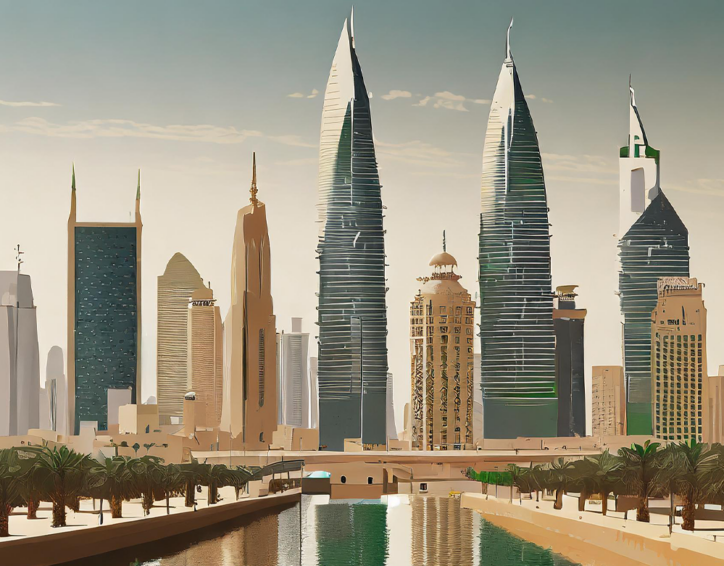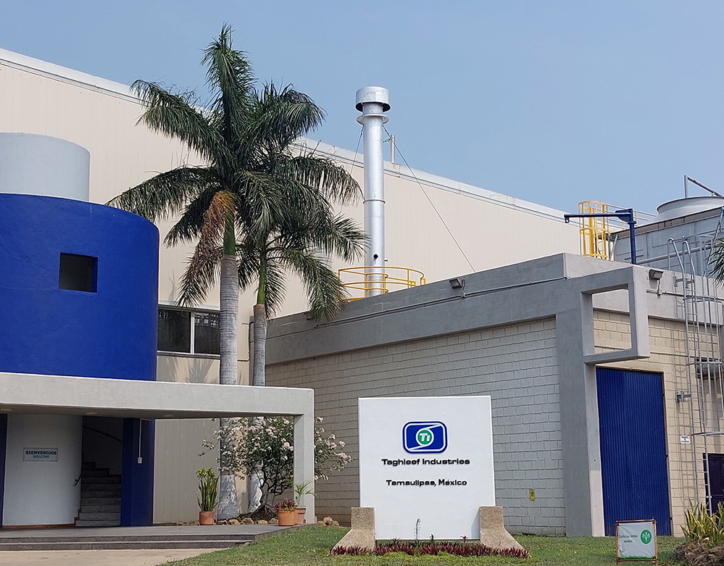Sustainable packaging design: exploring sustainable options for packaging design

Exploring sustainable options for packaging design
How can packaging design be rethought by making it more sustainable to reduce environmental impact while still being innovative? In a world where consumers and governments are increasingly concerned about sustainability, for the packaging industry it is crucial to design packaging that is compliant with circular economy principles.
What is sustainable packaging design?
Packaging is defined as sustainable if it is designed and manufactured in a way that reduces environmental impact and carbon footprint while still fulfilling its functions of protecting, preserving products, and informing consumers. Taghleef Industries, a leader in packaging, label, and graphic arts film innovation, is pushing the boundaries of sustainability through continuous innovation in terms of research and development of new film solutions and reDESIGN™ service. With experience and holistic vision, Ti’s teams offer companies to redesign their packaging by developing solutions with alternative films, such as those derived from renewable resources or containing recycled content.
Biobased and biodegradable films, such as those in the NATIVIA® line, are a perfect example of how sustainable design can be integrated into flexible packaging solutions, offering significant benefits in terms of both performance and reduced greenhouse gas emissions.
Taghleef Industries’ Shrink Sleeve Label Films also exemplify the development of innovative label solutions: designed for today’s commercial sorting and recycling systems, Ti SHAPE360 TDS polyolefin film enables easier and more complete recyclability within the polyolefin stream while providing the ideal floating solution for PET bottles.
The 7 R’s of sustainable packaging
To better understand sustainable design, it is useful to consider the “7 Rs” of sustainable packaging, a model that encourages companies to review the life cycle of their products. These principles guide design and production toward reduced environmental impact:
- Reduce: Minimize the use of unnecessary materials.
- Reuse: Design packaging that can be used multiple times.
- Recycle: Use materials that can be recycled easily.
- Renew: Choose renewable resources, such as biobased materials.
- Repair: Integrate solutions that can be easily repaired or upgraded.
- Reject: Discard harmful or excessive materials.
- Reconsider: Rethink the entire packaging system to reduce environmental impact.
Trust Taghleef Industries to deliver sustainable film solutions that reduce your packaging’s environmental impact.
Our LCA and CFP analysis ensure transparency and accountability.
The future of sustainable packaging
Future trends in sustainable packaging are increasingly moving toward circularity: this approach, supported by Taghleef’s Dynamic Cycle™ initiative, aims to optimize resources by offering films with better end of life options, films that help protect products, avoid food waste, and improve hygiene, with low carbon footprint which can be demonstrated by LCA analysis.
These innovations not only improve sustainability but can also offer competitive advantages to companies that adopt them, as consumers increasingly look for brands that demonstrate a commitment to environmental protection.
How does Taghleef make packaging sustainable?
Taghleef Industries is at the forefront of offering innovative and sustainable solutions for the packaging industry. Through its free reDESIGN™ service, the company helps customers transition from traditional to more sustainable packaging structures, ensuring high performance without compromising on quality. The EXTENDO® range of films is often used by companies because they provide mono-material, chlorine-free, and recyclable solutions that are in line with circular economy principles.
Another example is DERPROSA™ laminating films: sustainable solutions include Derprosa reLIFE™ (post-consumer chemically recycled plastic content), Derprosa™ BioPP (renewable resources of vegetable origin such as waste cooking oil), and Derprosa™ NATIVIA® (100% biodegradable, compostable, and made from 100% renewable resources).
Taghleef is also exploring new solutions for NATIVIA® biobased and biodegradable films such as film-to-paper lamination to improve the protective barrier while maintaining recyclability in paper streams.
In addition, bioPP packaging solutions, a biobased polypropylene, represent a significant breakthrough, offering the same mechanical and functional properties as traditional polypropylene but with a smaller carbon footprint.
The future of packaging is circular, and Taghleef is part of the solution.


